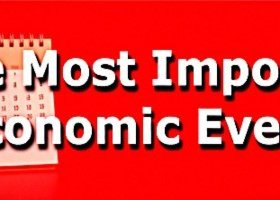
ZAR optimism due to market expectations that the South Africa Reserve Bank should stay still and maintain its repo rate unchanged at 6.50% is probably inappropriate following the latest Fed minutes and considering growing risks in the economy. Both the interim fiscal report and Moody’s credit rating outlook to negative are negative signals that, if confirmed by a credit downgrade, should not only cause considerable money outflows and worsen financing conditions of South African authorities, but could also put the currency back at bottoms seen in 2016 amid the “Zuma premium” effect. Doubts about the ability of President Cyril Ramaphosa's administration to address concerns about the credit burden would lead to adverse political reactions.
Considering current situation and the fact that core inflation is maintained at 4% in October, slightly below the 4.50% mid-range, we do not expect the SARB to deliver a second rate cut at its last policy meeting of the year after a first cut on 18 July 2019. Yet additional easing might be considered if Moody’s, the last credit agency assigning investment grade to the country, would decide to cut South Africa’s sovereign debt from lower bound investment grade rate Baa3 to junk Ba1 in three months’ time, shortly after the medium-term budget policy statement for FY 2020. In its interim budget statement, Finance Minister Tito Mboweni sees economic growth flattening to 0.50% from initial 1.50% in 2019 while he expects the budget deficit running from April 2019 to March 2020 to reach 5.90% of GDP and 6.50% thereafter. Even more worryingly, public debt is expected to reach 71.3% of GDP, up from an estimated 60.80% this year. In this context, we see little arguments supporting the ZAR for now, as risks on the front of the current US – China trade discord could only weaken EM currencies.


